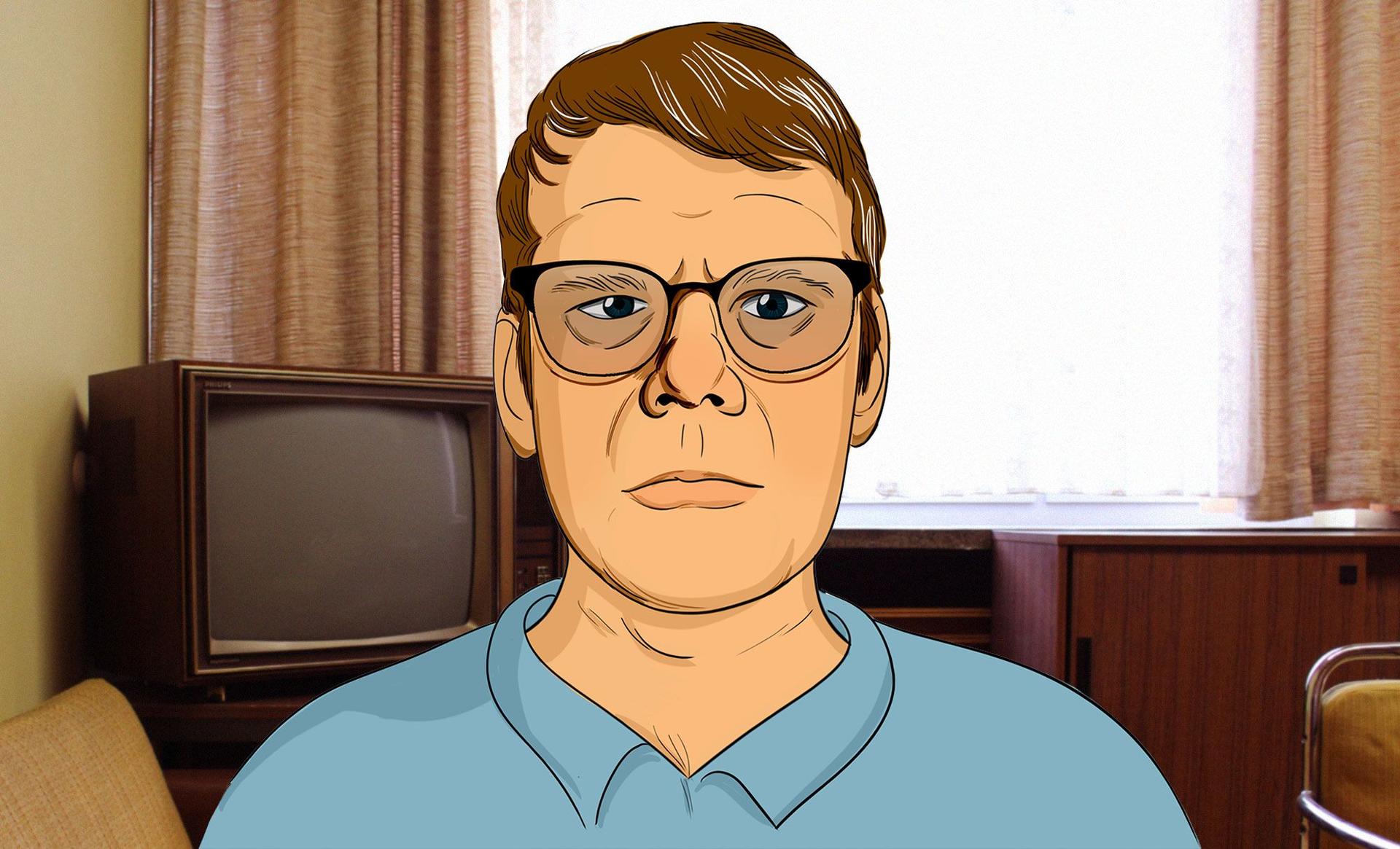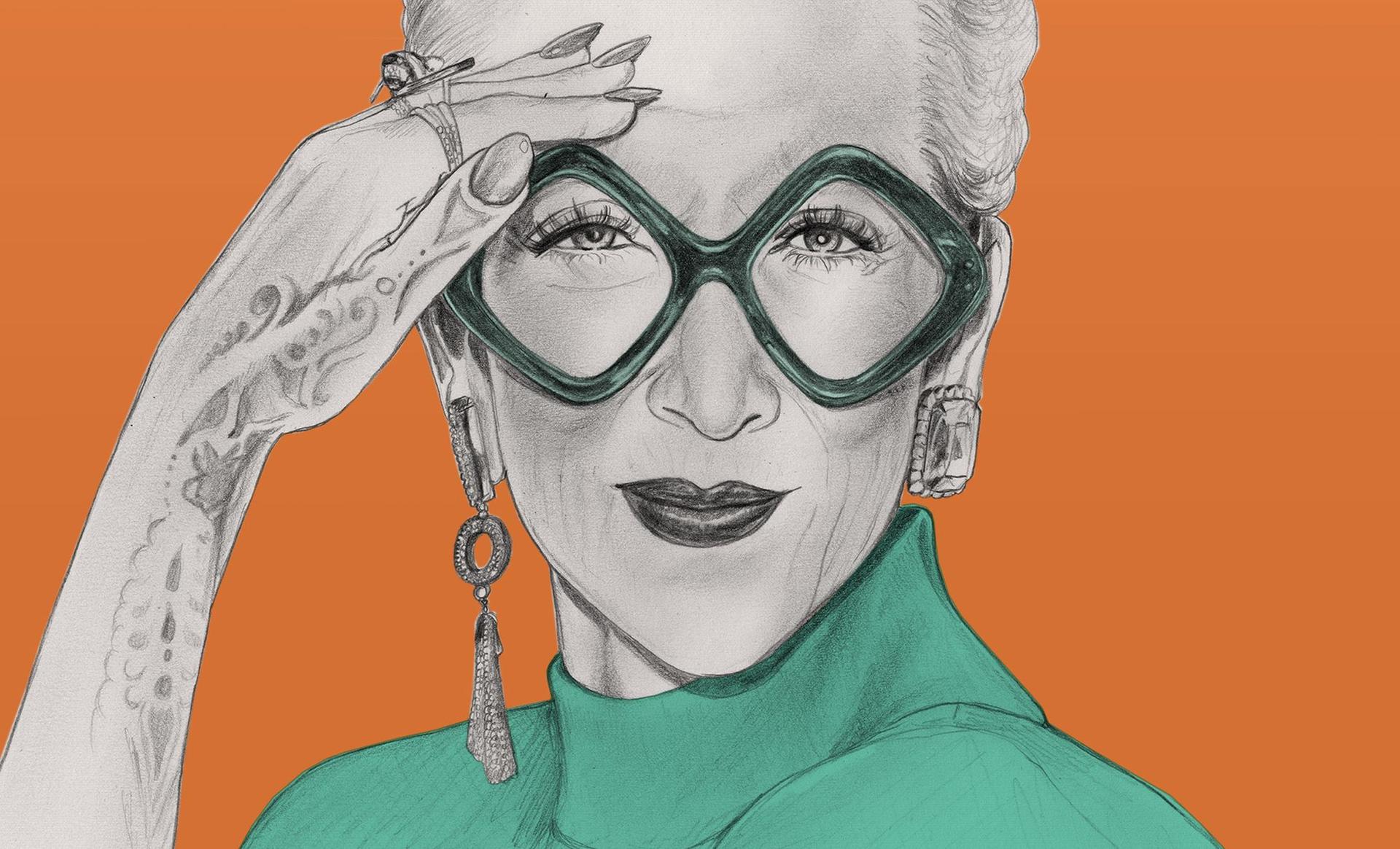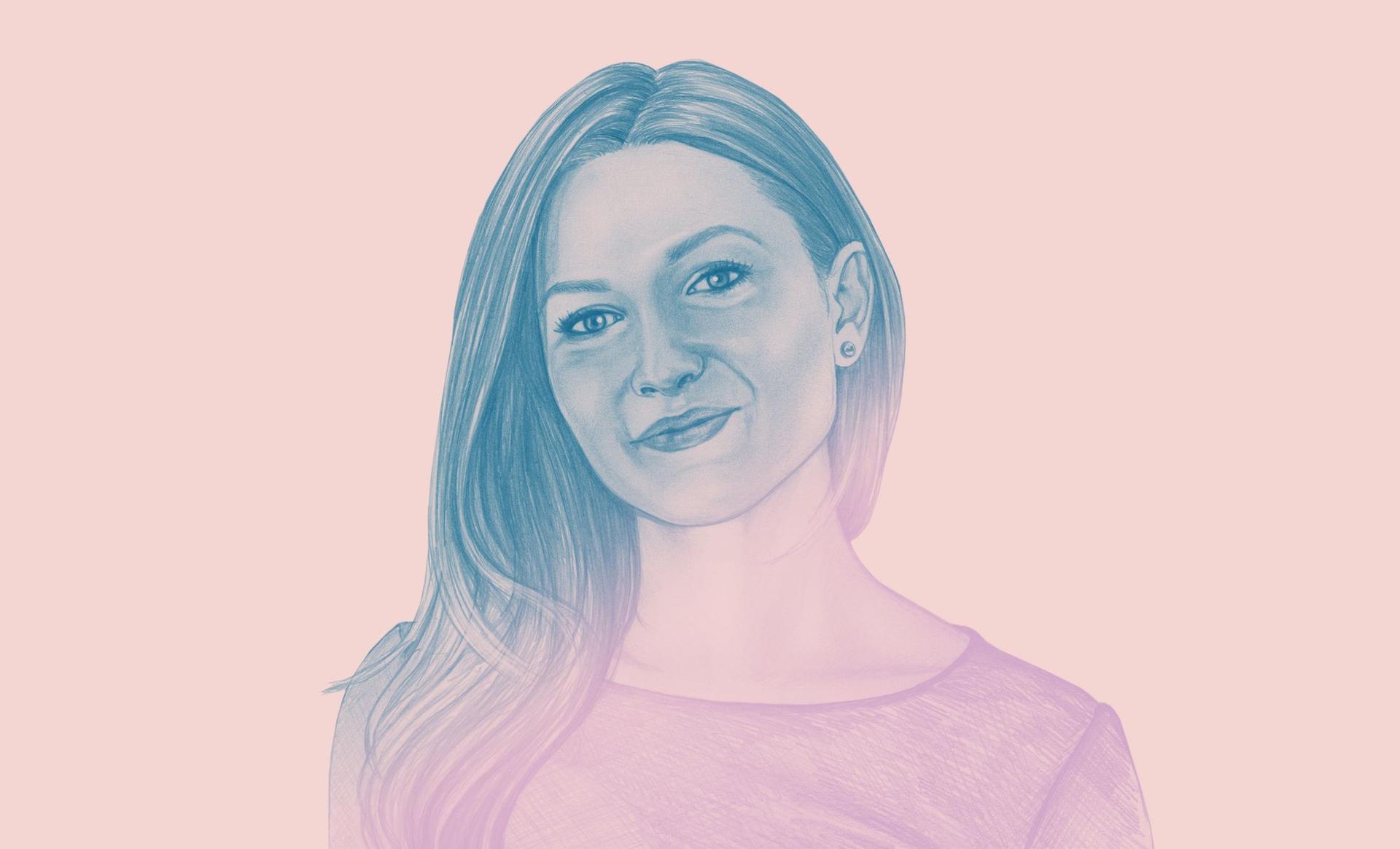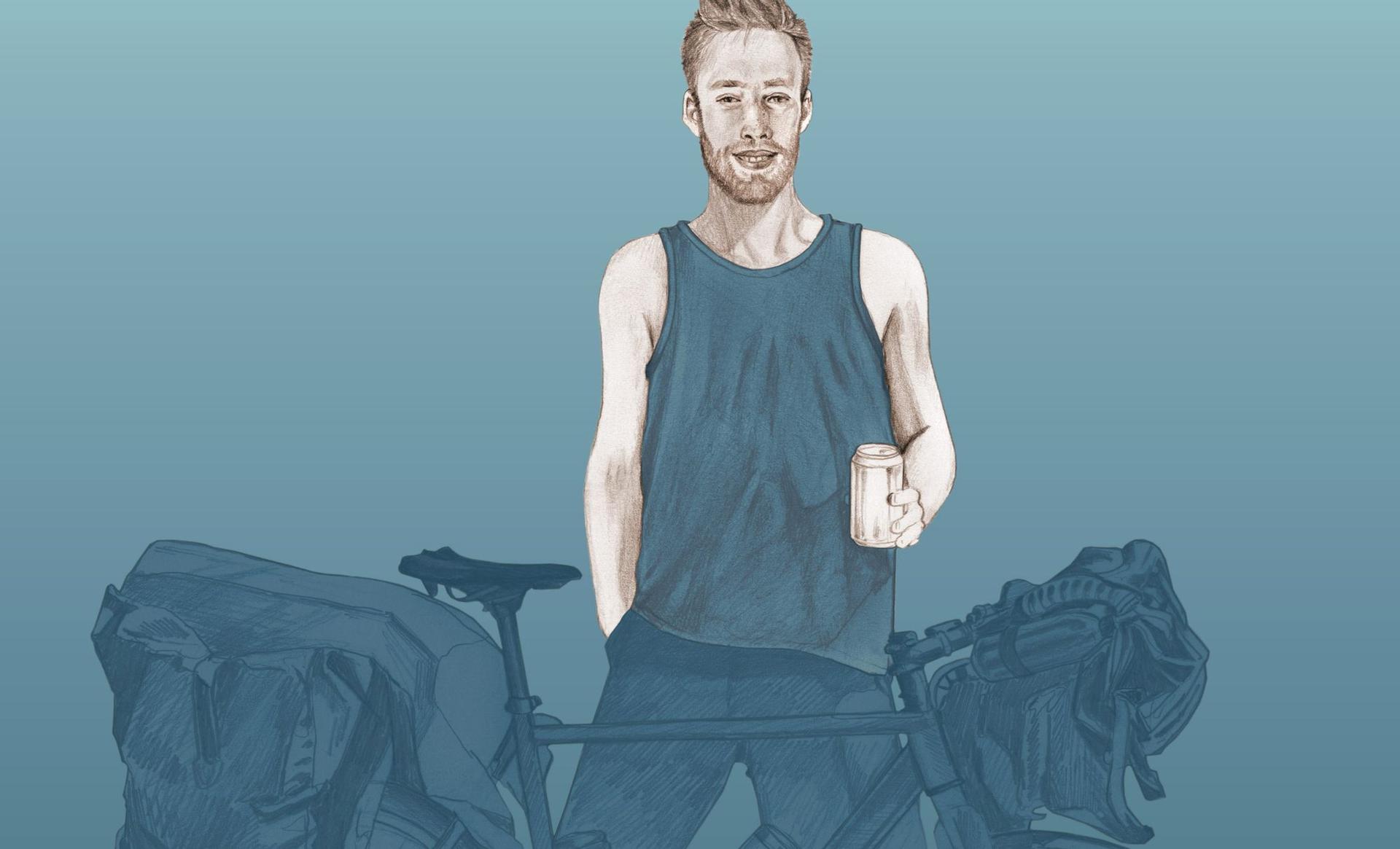Money Diaries
A Man Known As Beeple Made $3.5 Million Selling His Digital Art in a Weekend
Meet Beeple. Born Mike Winkelmann in small-town Wisconsin. For thirteen years he’s been making digital art, often for free. Then, thanks in part to the technology that powers cryptocurrencies, he made $3.5 million selling his art in a weekend. He tells us his story.
Wealthsimple makes powerful financial tools to help you grow and manage your money. Learn more
I feel like this is a crazy story because it's like I've been doing this thing for 13 years. I mean it's not like I was making nothing, but now it's starting to blow up and super fucking pay off. This was a $3.5-million dollar sale over a few days—we're in a new sort of stratosphere here.
I'm 39. I am from a very small town in Wisconsin—North Fond du Lac—about an hour from Milwaukee. My dad was an electrical engineer and he worked at the same job 35 years until he retired. My mom was a director at the local senior citizen centre. They had no interest in art or music—it wasn’t a remotely artistic family. I was kind of a little bit more of the weird, artistic one, I guess.
I was always super, super into computers. But I thought I was going to be programmer. I wanted to make games. I went to Purdue University in Indiana for computer science. And when I got to college I met some people who really wanted to make games. And they were already making freaking amazing games, and it was just like, "Holy, shit. He's going to make games. I'm not going to make games." So I started spending all my time making little films and designing and building websites—this was 1999 to 2003, very early in the web 2.0 days.
I made a million dollars in one day just from these things. And then the second day it just kept fucking going up.
Then in 2003 I started doing web design at a small company in Wisconsin. I think I started at $37,000. And then I started drawing. I wanted to get better. And so I did that for a year and then I realized, "Hey, I still suck, but I got a lot better." And I had always wanted to learn a 3D program, so I was like, "Well, what if I did a render every day?" This is how the Everydays [daily drawings, photographs, or digital illustrations posted to Instagram and his personal website] started. I've kept up the Everydays, literally, every single day for the last 13 years. Those pictures are why I have 1.7 million followers on Instagram. I don't know if you saw that Boston Dynamics video with the dancing robots? So today’s Everyday was based on that thing, I had them stripping on a stripper pole. Nobody was doing it when I started but a shitload of people started doing Everydays because of me. I kind of started this Everydays movement in 3D graphics.
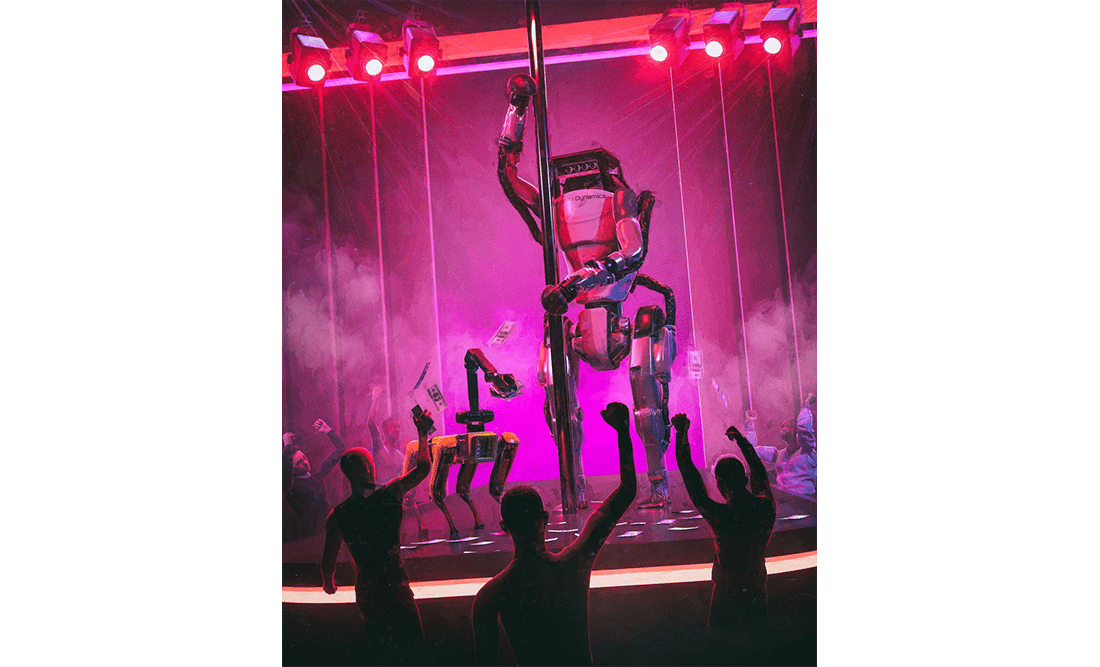
At the same time, like 2003, I also wanted to make short films. But it's practically impossible to make a living as a filmmaker. I was trying to get my work into film festivals, so I would pay entry fees—50 bucks, 100 bucks, 120 bucks—just for them to look at it and be like, "Nah." So I started releasing VJ clips, these little animated clips that people could use for free as concert visuals. [Some like "Setting Sun" are more representational and others like "Bursttt" are purely abstract] I had tried being the person at the concert controlling the screens. This was in Wisconsin for local rock bands. But I’d do two weeks of work making custom graphics for free and I’d show up and the band would just kind of be like, "What the fuck is this?" And then I was like, "You don't understand. I fucking spent weeks making this, you jackass." I realized I didn’t like being the guy at the concert so I started releasing these little VJ clips for free.

Sign up for our weekly non-boring newsletter about money, markets, and more.
By providing your email, you are consenting to receive communications from Wealthsimple Media Inc. Visit our Privacy Policy for more info, or contact us at privacy@wealthsimple.com or 80 Spadina Ave., Toronto, ON.
You can't make that much money selling them so I thought they would be more valuable as a marketing tool that way. Shitloads of people started using them. If you just type in "VJ clips," I'm the first link. But I had no idea how popular they were. And then I happened to be on vacation with my family in Macau and we were like, "Oh, let's go to a club." And outside the club, they were playing my clips. It was like, "Oh my God. Here we are on the other side of the world and here are the clips!" I will never forget that. Then I started seeing the clips everywhere. I'm sure people who are high really like them. I'm pretty straight, to be honest. I've got a wife, a 4-year-old and a 7-year-old. I'm a fucking dork. I feel like there's a pretty big disconnect between me as a person and the artwork.
Anyway, the free work became a marketing thing to get people to come and hire me for custom concert visuals. The first notable thing I did was for Deadmau5 for Lollapalooza. And I just kept doing more while I was working designing garbage websites. I kept the job because I'm fairly risk averse. I can get insurance and be a freaking normal, functional adult, not like a fucking starving artist! And the work was very easy so I really only had to work about two hours a day. So I would be working on stuff for like Britney Spears while I was at my job and people would be coming up to my desk and see what I was doing and be like, "What are you working on?" And I'd be like, "Oh, this? I don't even know what this is. This is just nothing." But it would be like concert visuals for Eminem.
I've done stuff for Justin Bieber. I've done the last two Super Bowls. But I should say that those are huge productions. It's not like me and the Biebs hanging out screwing around—I'm just one person on a team. That kind of work is mostly name-your-price, and you never know what to say. If you throw out a number and they're like, "Okay," then you're like, "Fuck! Goddamn I should have said more!"
In 2014, I was making like $55,000 at my full-time job but I was making $75,000 a year doing freelance. And I realized I could live very easily on $75,000 a year because I'm not a person who just pisses money away on shit I don't need. So there was really no risk. I went full-time freelance. Until pretty recently, my day rate was around, say, $1,200 per day.
I figured it was impossible to sell a video as a piece of collectible art and here are people selling them for a shit-load of money. I recognized the artists who were doing it and, to be honest, I'm more popular than all of them.
Up until very recently there was no way for me to really sell my pictures, my JPEGs or my MP4 videos. Why would anybody pay for something that they could just copy for free? And then I started hearing more and more about this thing called NFT. [NFT stands for non-fungible token. It’s a kind of electronic tag that gets attached to a digital file, like a piece of art in this case, that is unique and cannot be replicated thanks to blockchain technology; it works as a kind of guarantee of authenticity.] NFT technology is only a few years old, but really just started gaining steam this year. I'm very, very new to it—literally, it was in mid-October [2020] when I started learning this stuff. People kept coming up to me like, "Oh, you should look at this NFT thing. People are selling stuff for crazy amounts of money.” And so I finally looked at it and I was like, "Whoa, this is fucking crazy." I figured it was pretty much impossible to sell a video as a piece of collectible art and here are people selling them for a shit-load of money. And I recognized the artists who were doing it and, to be honest, I'm more popular than all of them. So I figured I could probably make a shit-load of money doing this and I just dove in head-first. It's been pretty consuming these last few months.
Recommended for you
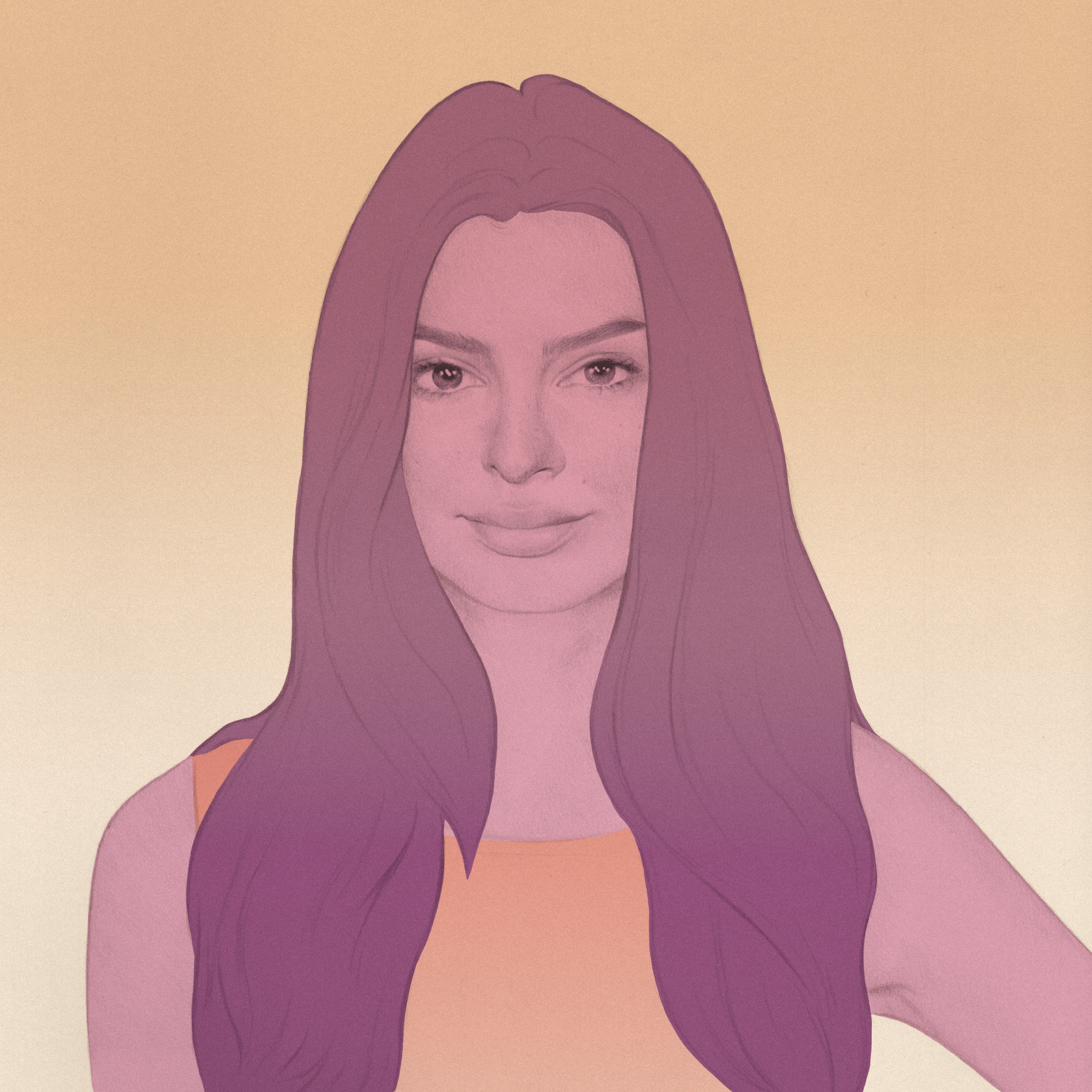
Emily Ratajkowski Is Not a Commodity
Money Diaries
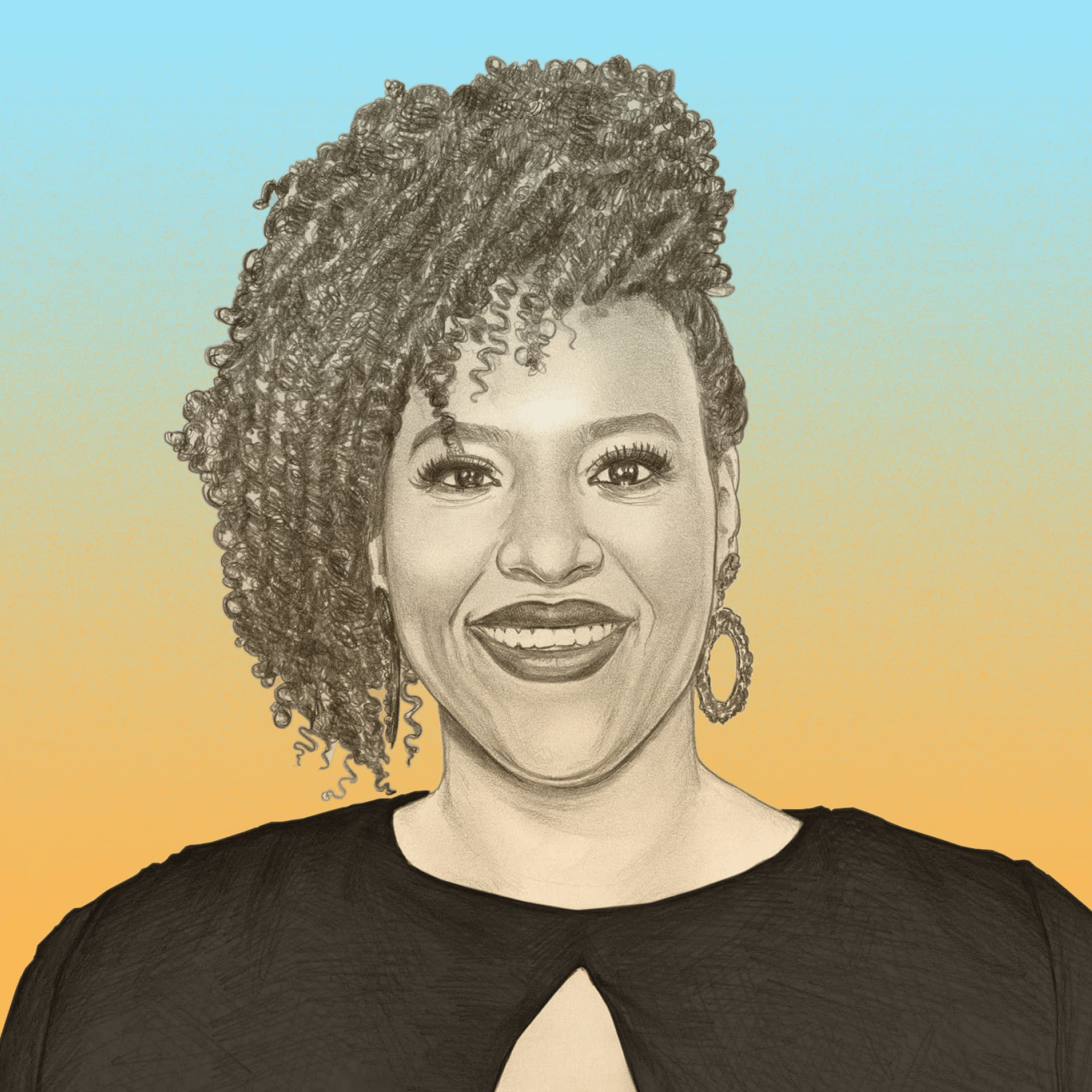
Natasha Rothwell's Character in “The White Lotus” Finds an Angel Investor. Her Real Life Didn't Quite Work That Way.
Money Diaries
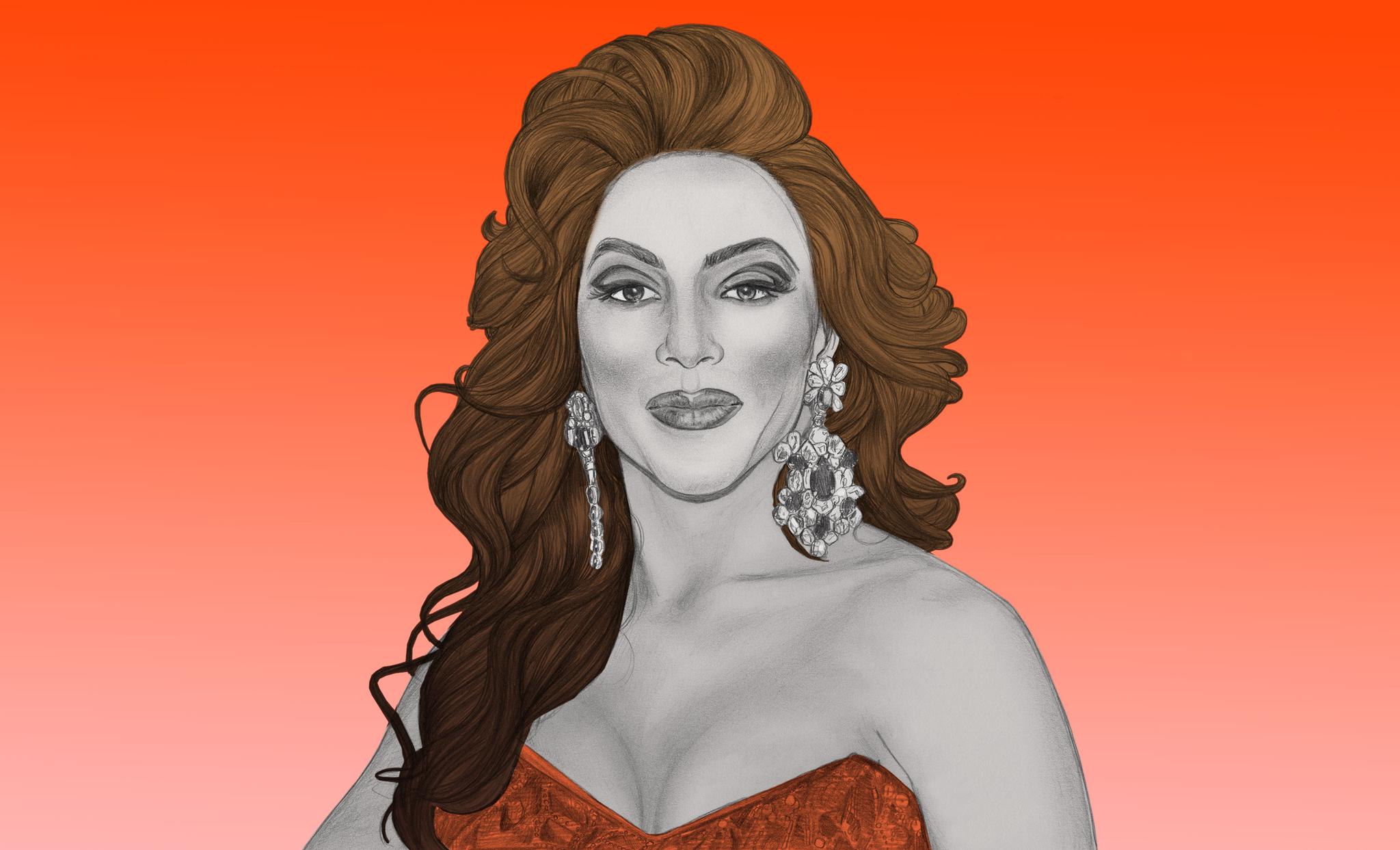
Shangela Would Like to Remind You to Tip Your Drag Queen
Money Diaries
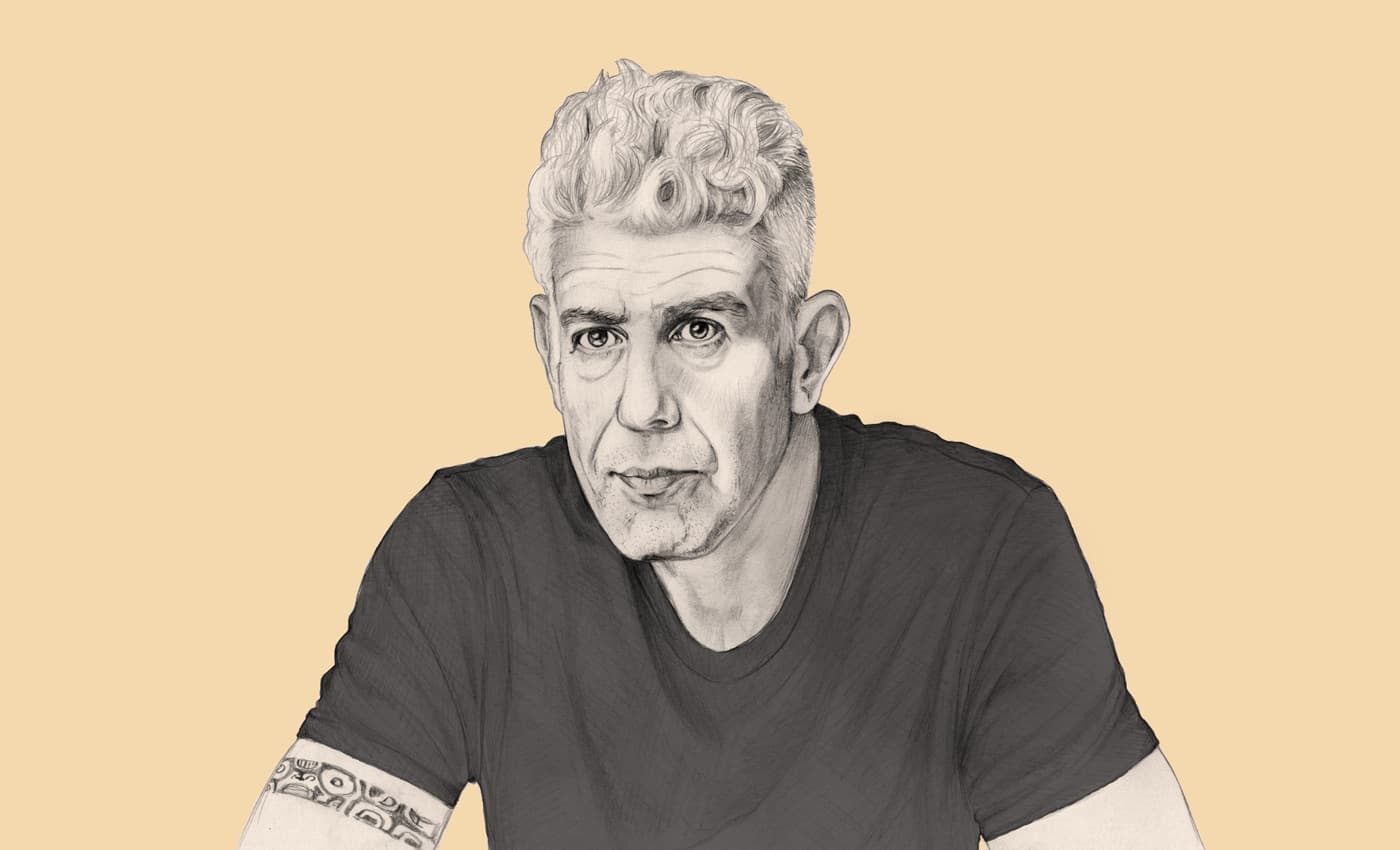
Anthony Bourdain Does Not Want to Owe Anybody Even a Single Dollar
Money Diaries
How’s it work? So what gives Bitcoin value is that you can't copy it like you would a file on your computer. It's not possible. Bitcoin has value because there's scarcity and authenticity to it. And so NFTs are kind of the same thing. It's like a proof-of-ownership you can attach to a video or a picture. So you can say, "I'm the only person who has this token that represents this video. I own it." Anybody can still see the videos, the only difference is now when someone logs on, it says, "this guy owns it."
The question I got from everybody when I said I was doing this was, "Why the fuck would I buy this? This is bullshit. It's exactly the same as not owning it, except your name’s displayed there." And I can see that argument. It is kind of bullshit. But it means something to people.
People would be coming up to see what I was doing and be like, "What are you working on?" And I'd be like, "Oh, this? This is just nothing." But it would be like concert visuals for Eminem.
The very first auction of my artwork was right before the election on this site Nifty Gateway. There were two pieces—one was a short video called "Crypto is Bullshit." I would say those pieces took about a day or two and each of those pieces sold for $66,000 at auction. And I realized, "Okay, this is the thing I'm going to do from now on." The second auction I did was an edition of 100 [Politics Is Bullshit]—it's just this video of this cow pooping and this Twitter bird just calling bullshit. So I put these up for $1.00 on Nifty Gateway and they immediately sold out. And the cool thing is people can resell them right away through the site. Within an hour somebody bought one for a dollar and sold it for $1,000. They get to keep 90% of that profit, but I get 10% of the secondary sale [a novel concept, since artists in North America have very rarely profited from secondary sales of work]. Five hours later somebody who bought one for a dollar sold it for $6,000. And so this random person got to keep $5,400. The average resale of these one-dollar pieces is $1,700. Of the original 100, 77 of those have been sold on the secondary market for a total of $135,000.
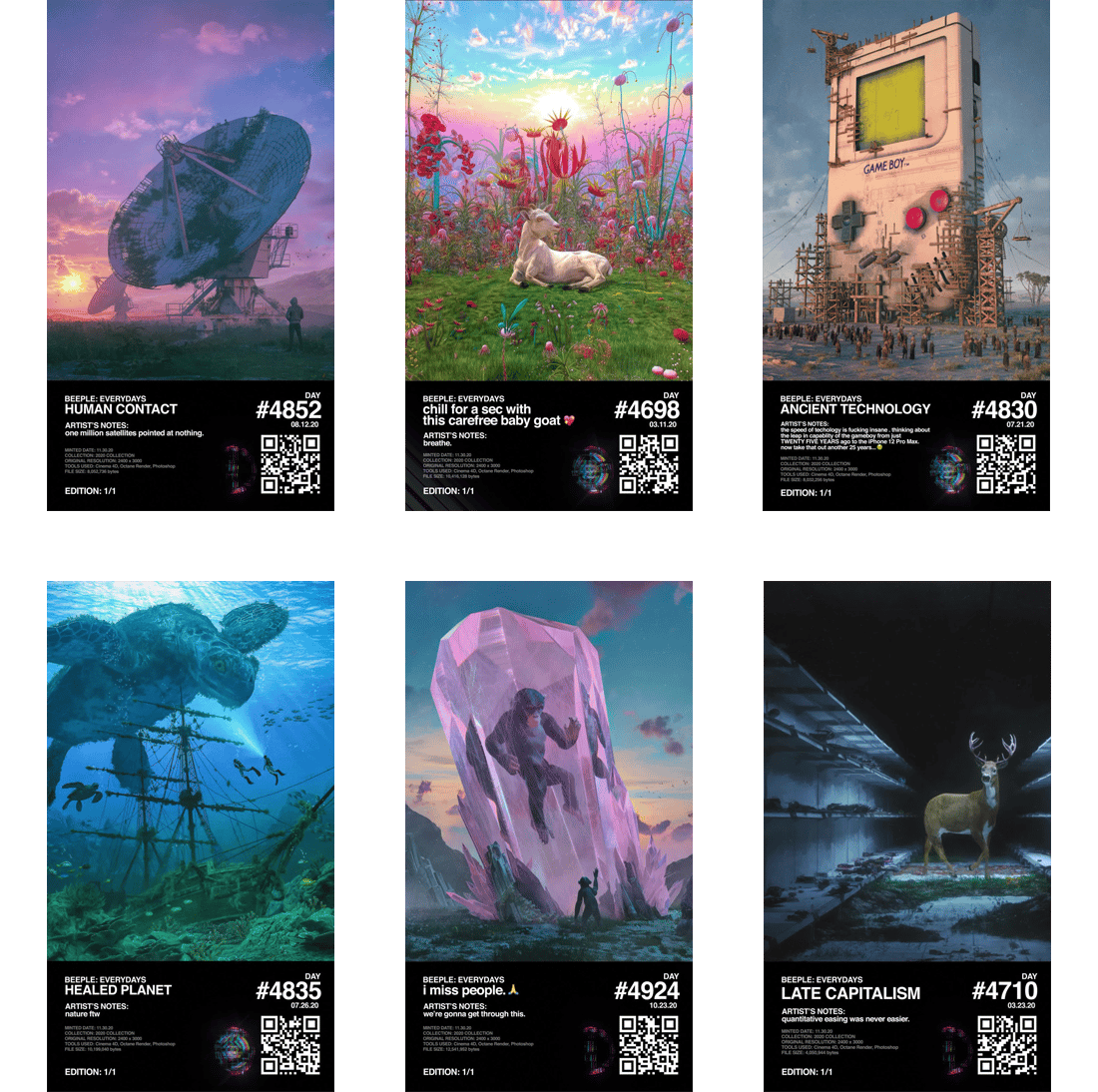
So immediately after that sale, I started thinking about everybody telling me this is bullshit, and I wondered what I could do to make these things actually real. That's where we came up with these physical tokens. I was like, what if I took my artwork and put it on a video screen in a cool acrylic digital frame that I would send you when you bought it. My wife Jen and I never work together on stuff, but this was where it really helped a lot. She fully got sucked into this. It was like, "Okay, let's make some super-dope packaging here." It’s got a cleaning cloth. It's got like a little hair sample that says, "I promise it's not pubes." I wanted people to jump on Zoom with me to have a cool unboxing experience, crack open a beer, just like you would with a regular artist if you bought a painting. You better believe, pre-Corona, if somebody bought a painting for fucking $60,000, I'd be jumping on a plane, and I'm going to hand you that fucking painting, and we're going to go get drunk.
The [record-breaking] drop was kind of over the whole second weekend of December [2020]. The first thing on Friday were these open editions. You got the NFT and the physical piece in a box. And these were $969. Anybody who wanted to get one will get one, but the thing is, it was only on sale for five minutes. So in those five minutes we did about $600,000 worth of sales and the average resale is $4,000. So they've gone up 300 whatever percent, and it's sold about a quarter-million dollars worth of secondary volume.
Then we did 20 one-of-one, single editions of my favourite Everydays and had 20 auctions throughout the weekend. The first one, it ended at $75,000, and then the second one went for $77,000 a half hour later. Then one went for $90,000, and the prices just kept going up. I was with my wife and kids over at my brother’s house, who got a white board out to keep track of the sales. I made a million dollars in one day just from these things. And so then the second day they started again, and it just kept fucking going up. There was another million dollars from those. The last auction was the complete 2020 collection, and it included all of the pieces in one very long video file. The way these auctions work is they go to the end of the allotted time but if somebody bids, it extends the time five minutes, and it can go on like that. And so the last piece looked like it was about to go for $380,000, and then at the absolute last second, this dude bid $777,000.
I personally think my work is going to be super fucking valuable in the future. I could be wrong. But right now, mathematically, it is stupid not to buy my artwork because all of it has gone up at least 300% or 400% immediately.
My $3.5-million auction blew away every record in the space, and basically doubled all the sales Nifty had done before that in this one weekend.
Is there a speculative bubble? I think maybe with some of other people's work there might be. But I personally think my work is going to be super fucking valuable in the future. I could be wrong. But right now, mathematically, it is stupid not to buy my artwork because all of it has gone up at least 300% or 400% immediately.
My lifestyle’s not changing—I can assure you of that. I live in a $300,000 house. I drive a fucking 2017 Toyota Corolla. At first we were like, "Oh, we should go buy a Tesla." But I don't give a shit about that. I was like, "We can, but it feels forced." And full disclosure, I already had a couple of bucks in the bank. While $3,000,000 is definitely a lot of money to me, this isn't rags-to-riches. I’m 39 and as soon as I got a job I started investing and a lot of my money was in Amazon.
I'm done with freelance work. When you're working for Justin Bieber, you're working for Justin Bieber, and it’s like, "Okay, what do you want, Justin Bieber?" Versus putting hair vials in this shit and saying it's not pubes—it's just a lot more fun. Now I'm doing whatever the fuck I want.
Andrew Goldman has been writing for over 20 years and investing for the past 10 years. He currently hosts ["The Originals"](https://podcasts.apple.com/us/podcast/the-originals/id1439490906 ""The Originals"") podcast and writes about personal finance and investing for Wealthsimple. Andrew's past work has been published in The New York Times Magazine, Bloomberg Businessweek, New York Magazine and Wired. He and his wife Robin live in Westport, Connecticut with their two boys and a Bedlington terrier.

